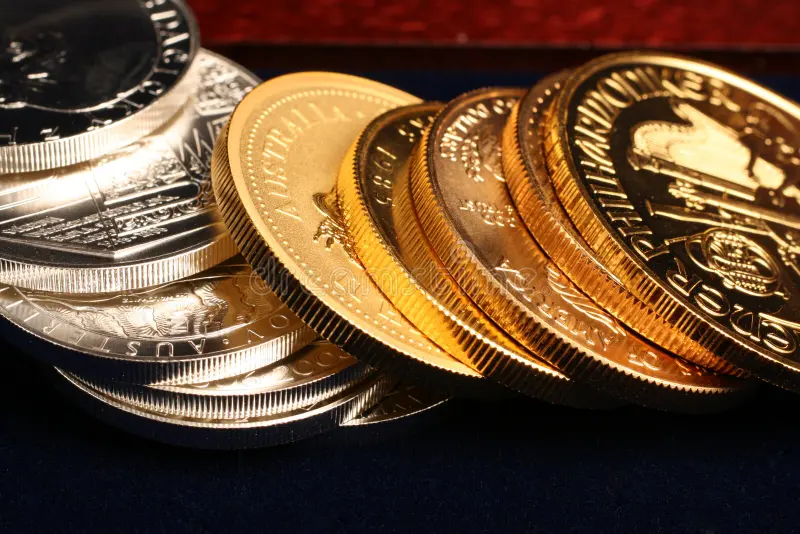The Diwali festival commenced with Dhanteras on October 29, leading many to buy silver and gold coins. These coins have historically served as currency and as offerings in religious ceremonies for thousands of years.
Evolution of Coins Through the Ages
In ancient Hindu kingdoms, coins were primarily made from silver and gold. Today, however, copper is the main metal used in coin production. Despite changes in form and size over time, coins retain their significance. They are viewed as auspicious and are important in religious rituals, especially the Re 1 coin, often given as ‘shagun’ or a symbol of good fortune.
The Historical Roots of Coins
The Gupta period is celebrated as classical India’s “Golden Age.” Chandragupta I initiated Gupta coinage with an impressive series of gold coins. The gold coins issued by Gupta emperors became renowned, and silver coins were also in circulation. Most coins from this era were primarily made of gold, and the king was depicted in various poses with distinct features.
Gupta Coinage
Gold coins from the Gupta emperors gained wide recognition, and silver coins were also used. These emperors minted such an abundance of gold coins that a contemporary poet referred to it as a “Rain of Gold.” Gupta coins are notable for their creativity and craftsmanship, showcasing superior workmanship compared to those from other periods. The large number of gold coins with diverse designs reflected the prosperous economy, while copper, bronze, and alloy coins were relatively rare. Gupta gold coins exemplify remarkable design and artistry.
Ancient Indian Coinage
Metal coins are believed to have been produced in India even before the Maurya dynasty, with evidence traced back to the Harappan culture. The earliest coin in India, known as ‘Pana,’ was discovered in Barh Nagar near Gorakhpur, Uttar Pradesh, featuring an elephant on one side and a tiger on the other. In ancient times, silver coins were referred to as ‘Rupaka,’ while gold coins were called ‘Dinar.’
In 1545, Sher Shah Suri officially named the currency ‘rupee,’ a term that continues to represent India’s currency today. Before this, various kings minted coins according to their preferences, often depicting their likenesses or representations of animals and birds.
Coins as Historical Symbols
Coins act as historical artifacts, showcasing images of significant figures, places, and symbols. “Coins show power. They also show the time and place because the year and some place are engraved on them. It is also the face of society,” states historian Dr. Amarjeev Lochan.
Maa Lakshmi Coins for Dhanteras
On Dhanteras, many jewelry stores offer coins depicting Maa Lakshmi. The practice of issuing such coins dates back to 1719 during the Kushan era. Later dynasties, including the Gupta dynasty, Vijayanagar King Harihara II, and Muhammad Ibn Sam, also minted gold and silver coins featuring Maa Lakshmi.
The Significance of the Re 1 Coin
The Re 1 coin carries great importance in Hinduism. It is typically included in every ‘shagun’ envelope, with believers asserting that Goddess Lakshmi resides within it. When added to cash amounts of Rs 100 or Rs 1 lakh, it symbolizes completeness and enhances relationships. As zero is considered inauspicious, the inclusion of a Re 1 coin ensures that the total does not end in zero, making it a positive contribution.







